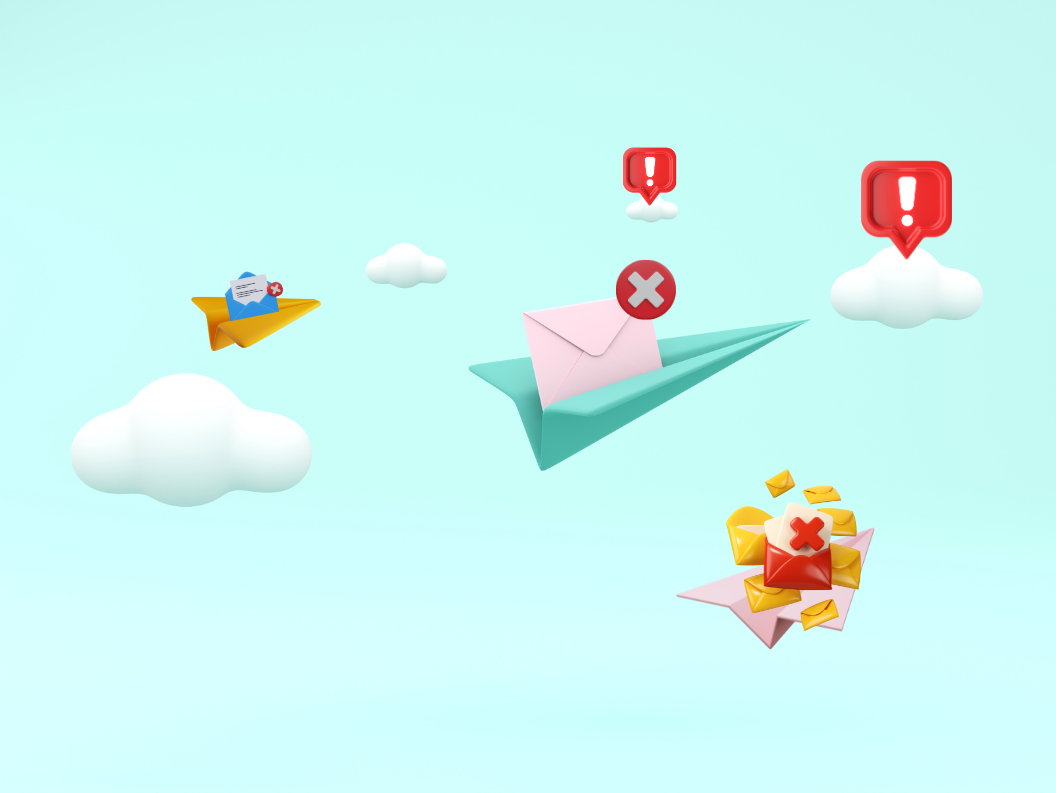Do you know how you stack up against PR professionals around the world? How do you as an individual or a boutique firm compare? And what exactly is it that you do? With the broad range of functions that often fall under or get lumped in with public relations, there hasn’t been an easy way to measure public relations success, or to explain what exactly it is that we do, but a new framework has made it that much easier.
Thanks to a global research initiative led by Dr. Anne Gregory, professor of corporate communications at University of Huddersfield in England, we now have a worldwide PR capability framework that lays out exactly what a successful PR practitioner does in their day-to-day work. Dr. Gregory and University of Oklahoma professor Katerina Tsetsura, who led research in the United States, presented their exciting findings at the 2019 Public Relations Society of America International Conference.
Whether you use it to explain PR to your family and friends; as a framework to draft the description for your firm’s next job posting (and pick the right candidate); as a tool to benchmark your own success and map out goals; or as a way to demonstrate value to your clients, this is an excellent resource for any PR professional.
The Global Capability Framework Fills a Longtime Need
Researchers set out to identify the top public relations capabilities for one simple reason: it’s never been done before. Global benchmarks for capabilities in the PR profession had never been identified, meaning there’s never been a worldwide definition of PR or any way for practitioners to compare themselves to one another.
To determine the top PR capabilities, researchers conducted studies in nine countries around the world, covering every continent (except Antarctica, of course). In the United States, the study included a nationwide survey of 401 PR practitioners. Rather than ask survey respondents what they already do in their jobs, researchers asked them what they and the profession are capable of, which produced more accurate and complete answers.
Through the survey, they identified 13 of the most significant PR capabilities in the United States: 

Of these, survey respondents cited these three as the most important to their work:
- A: Analytical and critical thinking to interpret data and trends to help organizations to accomplish their communication goals
- B: Strategic planning, making decisions, and implementing communications based on strategic thinking
- C: Communication expertise: Ability to communicate effectively and understand impact and manage communication via internal and external channels
Additionally, each point of the framework can be categorized into one of three groups: communications capabilities, organizational capabilities and professional capabilities. Each can also be further broken down into sub-capabilities, encompassing every aspect of a PR professional’s job.
How the Global Capability Framework Can Help You
Although a list of PR capabilities seems straightforward, it serves a crucial purpose that’s gone unfulfilled until now. There are real applications for it, starting with an online assessment tool that researchers from University of Huddersfield have developed. PR departments and employers can use the tool to compare each team member’s abilities, identify the capabilities they would like to develop and track progress over time.
Whether you use the online assessment tool or simply reference the list of 13 capabilities included above, the global PR capabilities framework can help you in five key areas:
- Explain your role. Saying “I’m a PR professional” will likely draw some confused looks, but the capabilities framework offers new language to explain exactly what you do on a daily basis. That’s useful information to have when writing your resume, networking or just explaining your job to anyone.
- Write job descriptions and hire the right candidate. How many times have you said “We just can’t find the right people”? Even if you have a sense of the qualities you want in a new hire, it can be difficult to put that into words and boil it down into a job description. The capabilities framework can help you identify exactly which capabilities you want to include in a job posting and develop the right questions for interviews. You can even ask candidates to check off which of the 13 capabilities they feel most confident in.
- Advance professional development. How can you be sure that the skills you’re investing in are the right ones? The capabilities framework helps you compare your skills to other PR professionals so you can identify your strengths and where you should devote more time to foster professional growth. This is helpful for your own professional development as well as the professional development of those who report to you.
- Audit your team. No one wants to look under the hood, but the longer you put it off, the worse it could be. We all have different strengths and weaknesses, but do you know what your team dynamic is? Are you relying on your team’s strengths in some areas, while they are severely lacking in others? This framework can tell you one way or another. It’s a useful tool when it comes time for yearly strategic planning, and it can help you focus your efforts on the areas that need improvement.
- Demonstrate value to management/clients. Whether you’re in-house or working at an agency, if management/clients still aren’t sure about what your team does, this framework will help you show them exactly what you bring to the business. Who wouldn’t be impressed by this list of capabilities? The framework can also help you demonstrate your value and support requests for promotions or budget increases.
For more information on The Global Capability Framework, visit: https://bit.ly/2Np0NKr (PRSA membership required).
Learn more about public relations and how it can benefit your firm here.



